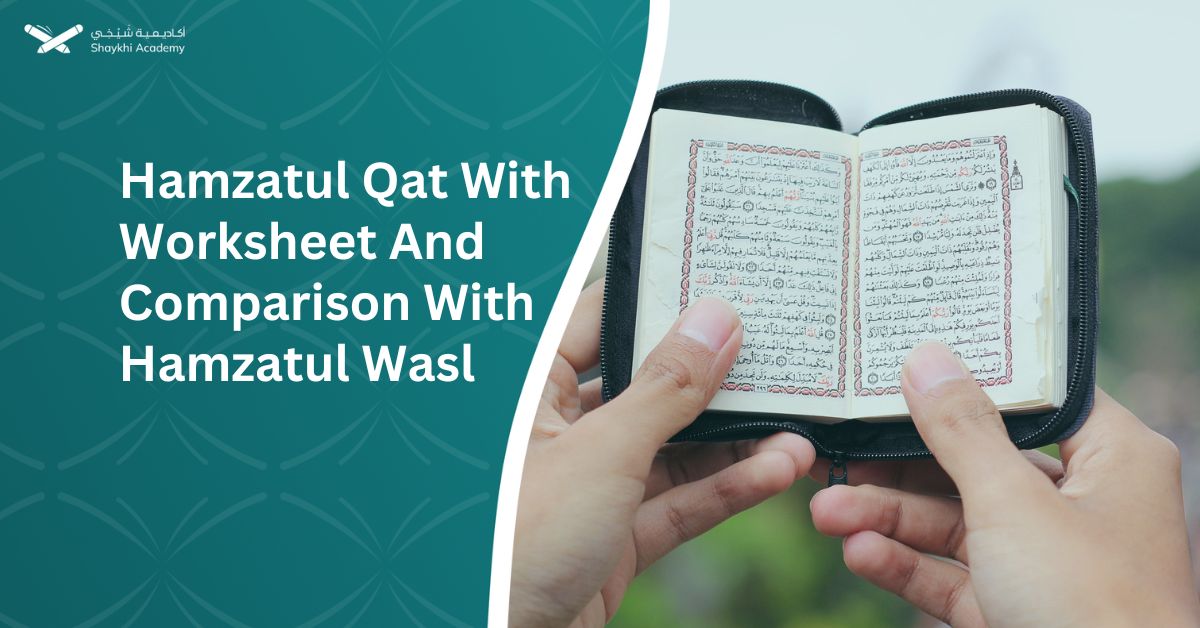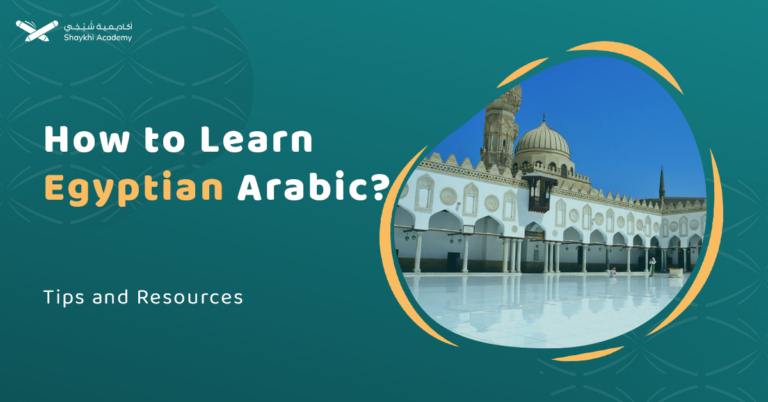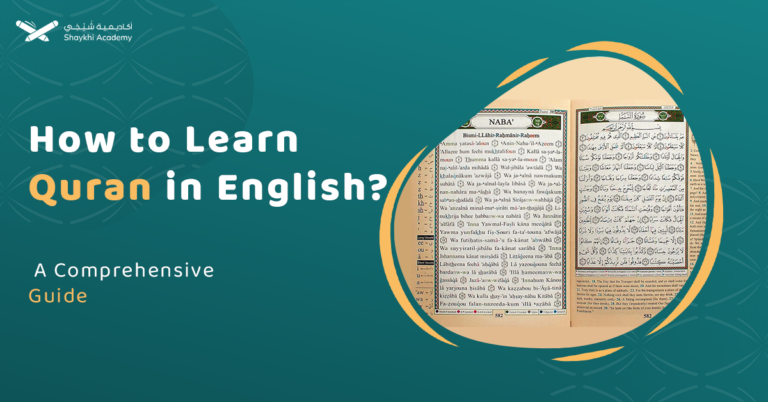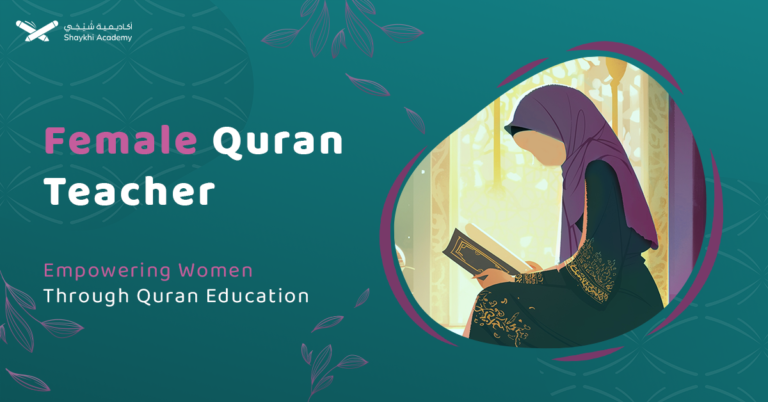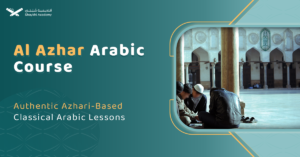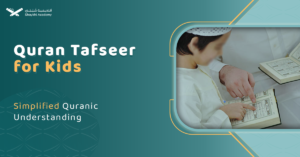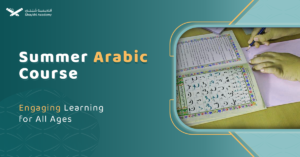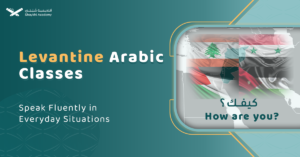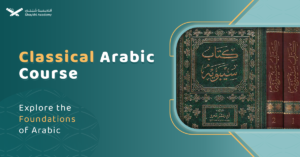Hamzatul Qat (همزة القطع), or the “cutting hamza,” is a fundamental element in Arabic pronunciation that is always pronounced, whether it appears at the beginning, middle, or end of a word. Its presence is marked by a visible hamza (ء), ensuring clarity and preventing misinterpretation. In Quranic recitation, the correct application of Hamzatul Qat is crucial, as it plays a significant role in maintaining the integrity of the text. By mastering the rules and nuances of Hamzatul Qat, learners can enhance their recitation accuracy and deepen their understanding of the Arabic language.
In the Arabic language, understanding the nuances of Hamzatul Qat (همزة القطع) and Hamzatul Wasl (همزة الوصل) is essential for correct pronunciation and comprehension.
These two types of hamza (glottal stop) have distinct rules and applications that influence how words are read and understood. This article focuses on Hamzatul Qat, providing a detailed explanation, rules, examples, and its usage in the Quran, followed by a brief comparison with Hamzatul Wasl.
Definition of Hamzatul Qat (تعريف همزة القطع)
Hamzatul Qat, also known as “قطع” or “cutting hamza,” is a hamza that is always pronounced, whether it is at the beginning, middle, or end of a word. It is written with a visible hamza (ء) on the Alif (ا) or on its own in the case of the middle or end of a word.
Hamzatul al Qat’ is among the basic concepts that the reader must know and understand in order to adjust the correct recitation of the Holy Quran, so what is the meaning and rules of them?
The Importance of Hamzatul Qat in Tajweed:
Hamzatul Qat is a crucial element in the science of Tajweed, which governs the rules of Quranic recitation. Properly pronouncing Hamzatul Qat ensures clarity and prevents the alteration of meanings, which is vital for maintaining the sanctity of the Quranic text.
Understanding its rules and applications helps reciters avoid common errors, such as dropping the hamza in continuous speech, which can lead to misinterpretations. By mastering Hamzatul Qat, learners can enhance their recitation fluency and accuracy, contributing to a more profound connection with the Quran.
Rules of Hamzatul Qat
The Hamza of Qat’ (همزة القطع) has different rules depending on its position at the beginning, middle, or end of a word. The rules vary for each case as follows:
1- At the Beginning of a Word:
When Hamzatul Qat appears at the beginning of a word, it is always pronounced, regardless of its position in a sentence. It can appear with a fatḥa (أَ), kasra (إِ), or ḍamma (أُ).
2- In the Middle of a Word:
When it appears in the middle, it maintains its pronunciation, such as in the word “سَأَلَ” (Sa’ala).
3- At the End of a Word:
When at the end, Hamzatul Qat is pronounced if it is part of the root of the word, like in “مَلْجَأ” (Malja’).
Examples of Hamzatul Qat
Example At the Beginning: أَكَلَ (Akal), إِبْرَاهِيم (Ibrahim), أُمّ (Umm)
Example At the Middle: سَأَلَ (Sa’ala), جُزْء (Juz’)
Example At the End: مَلْجَأ (Malja’), مَبْدَأ (Mabda’)
Hamzatul Qat In Nouns:
Most nouns other than the specific cases covered by Hamzat Al-Wasl, such as “أحمد” (Ahmad), “إبراهيم” (Ibrahim).
Hamzatul Qat In Verbs:
Quadriliteral verbs and their derivatives: such as “أكرم” (He honored), “إكرام” (Honor).
Verbs starting with a hamza in the past, present, and imperative forms: such as “أكل” (He ate), “أتى” (He came).
Hamzatul Qat In all letters except the definite article “ال”
Various particles and pronouns that begin with a hamza, such as (إلى – أو – أم – إن – أن).
Hamzatul Qat in the Quran
Hamzatul Qat appears frequently in the Quran. Here are a few examples:
Surah Al-Fatiha (1:1): الْحَمْدُ لِلَّهِ رَبِّ الْعَالَمِينَ (Alhamdu lillahi rabbi al-‘alameen)
Surah Al-Baqarah (2:2): الْكِتَابُ لا رَيْبَ فِيهِ (Al-kitabu la rayba fihi)
Surat Al-Baqarah, verse 6.:
إِنَّ الَّذِينَ كَفَرُوا سَوَاءٌ عَلَيْهِمْءَأَنذَرْتَهُمْ أَمْ لَمْ تُنذِرْهُمْ لا يُؤْمِنُونَ
Indeed, as for those who disbelieve, it is the same for them. Whether you warn them or do not warn them, they will not believe.
The word “ءأنذرتهم” starts with a Hamzatul Qat’.
Surah Al-Takwir, verse 28:
لِمَنْ شَاءَ مِنْكُمْ أَنْ يَسْتَقِيمَ
For whoever among you wishes to be upright
The word ” أن” starts with a Hamzatul Qat’.
Surat Al-Kawthar, verse 1:
إِنَّا أَعْطَيْنَاكَ الْكَوْثَرَ
Indeed, we have given you Al-Kawthar
The word ” أَعْطَيْنَاكَ ” starts with a Hamzatul Qat’.
Explanatory Tables – Hamzatul Qat: At the Beginning of Words:
| Pronunciation | Example | Translation |
| أَ | أَكَلَ | Akala |
| إِ | إِبْرَاهِيم | Ibrahim |
| أُ | أُمّ | Omm |
Hamzatul Qat: In the Middle and End of Words
| Position | Example | Translation |
| Middle | سَأَلَ | Sa’ala |
| End | مَلْجَأ | Malja’ |
Identifying Hamzatul Qat in Worksheet
1- Write the correct pronunciation of the following words:
مَلْجَأ (Malja’)
أَكَلَ (Akal)
سَأَلَ (Sa’ala)
Identify Hamzatul Qat in these Quranic verses and explain its rule:
الْحَمْدُ لِلَّهِ رَبِّ الْعَالَمِين (Alhamdu lillahi rabbi al-‘alameen)
الْكِتَابُ لا رَيْبَ فِيهِ (Al-kitabu la rayba fihi)
Comparison between Hamzatul Qat And Hamzatul Wasl:
Hamzatul Wasl, unlike Hamzatul Qat, is a connecting hamza that is pronounced only when it is the first letter to be pronounced after a pause. It is not pronounced in continuous speech. Hamzatul Wasl is often found in definite articles and certain verb forms.
Key Differences:
| Feature | Hamzatul Qat | Hamzatul Wasl |
| Pronunciation | Always pronounced | Pronounced only after a pause |
| Appearance | Visible hamza (ء) | Not visible (carries a small ص above the Alif) |
| Example | أَكَلَ (he ate) | اِبْن (son, pronounced as “bin” in continuous speech) |
When Hamzat al-Wasl (the connecting hamza) precedes Hamzat al-Qat’ (the cutting hamza) as in the phrases “الَّذِي اؤْتُمِنَ” (al-ladhī u’tumina) and “يَقُولُ ائْذَنْ لِي” (yaqūlu idhan lī), in the case of connecting (continuing reading without a stop), Hamzat al-Wasl drops and Hamzat al-Qat’ becomes silent.
However, when starting with the words “اؤْتُمِنَ” (u’tumina) or “ائْذَنْ” (idhan), Hamzat al-Wasl is retained, and Hamzat al-Qat’ is replaced with a long vowel (madd) that matches the vowel before it. Thus, it is replaced with a “waaw” (و) in “اؤْتُمِنَ” (u’tumina) and a “yaa” (ي) in “ائْذَنْ” (idhan).
Advanced Application: Hamzatul Qat in Different Contexts
Hamzatul Qat can appear in various grammatical contexts, including verbs, nouns, and particles. Here are a few advanced examples:
Verbs (الأفعال):
أَكَلَ (Akal) – to eat
إِسْتَطَاعَ (Istata’a) – to be able
Nouns (الأسماء):
أُمّ (Umm) – mother
أَب (Ab) – father
Particles (الحروف):
أَنْ (An) – that
إِنْ (In) – if
Learn Tajweed with Shaykhi Academy
At Shaykhi Academy, we provide comprehensive and engaging courses on Quranic studies and Arabic language, designed to help learners master the intricacies of Tajweed rules, including Hamzatul Qat and Hamzatul Wasl.
Our expert instructors offer personalized guidance, ensuring you gain a deep understanding and proficiency in reciting the Quran correctly. Join us at Shaykhi Academy and embark on a journey of knowledge and spiritual growth.
Enroll today and take the first step towards mastering the beautiful art of Quranic recitation.
Conclusion
Understanding the differences between Hamzatul Qat and Hamzatul Wasl is fundamental for proper Arabic pronunciation and Quranic recitation. Hamzatul Qat, always pronounced and visible, plays a crucial role in the clarity and accuracy of the Arabic language.
This article has explored its definition, rules, and examples, both in common usage and within the Quran, illustrating its significance through detailed tables and exercises.
The comparison with Hamzatul Wasl highlights the distinct functions of these two hamzas, emphasizing the importance of mastering both for proficient reading and recitation. By focusing on these key elements, learners can enhance their linguistic skills and deepen their understanding of the Quran.
For those seeking further guidance and structured learning, Shaikhy Academy offers specialized courses tailored to your needs. With expert instructors and comprehensive materials, Shaikhy Academy is your gateway to mastering the art of Quranic recitation and Arabic language intricacies. Join us today to elevate your proficiency and appreciation of the Arabic language.
